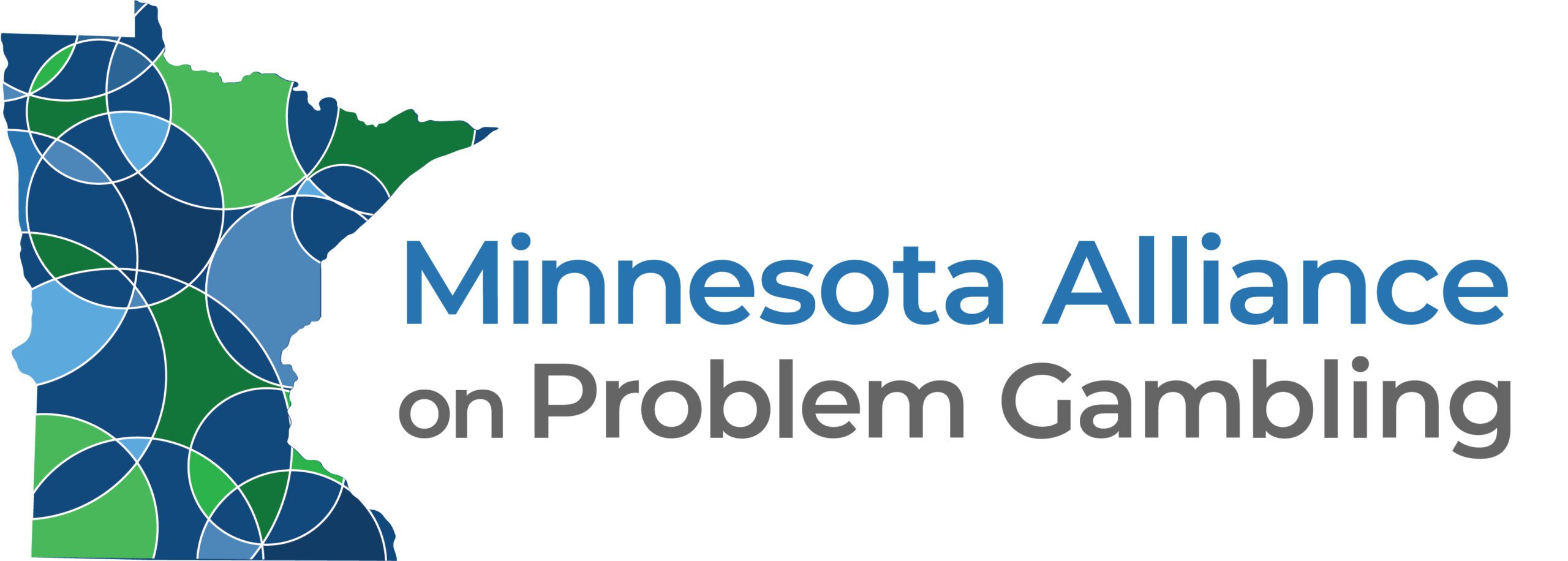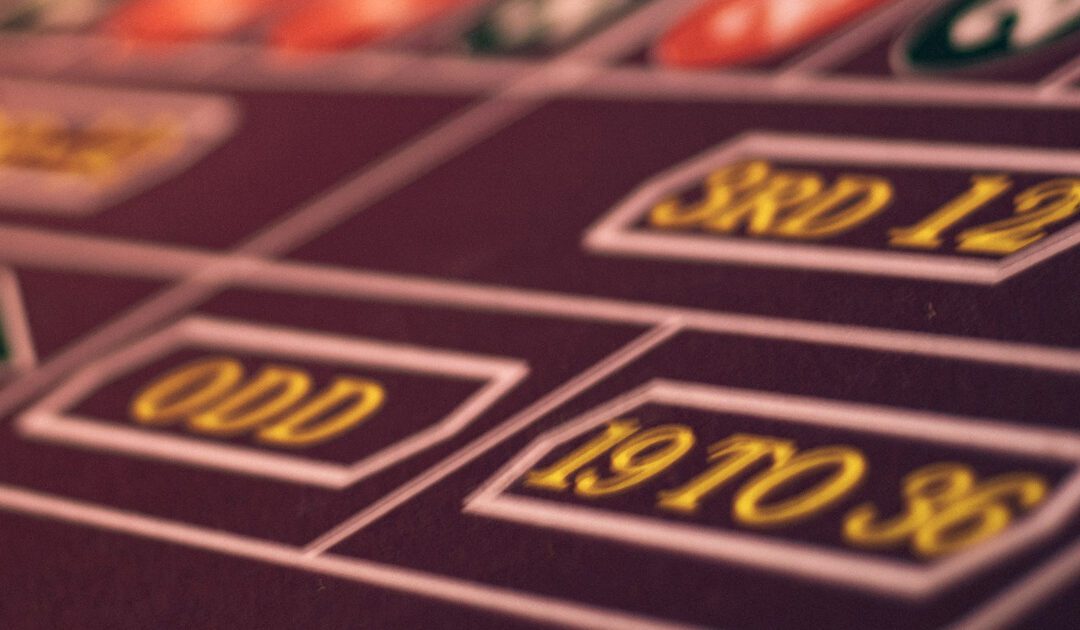The term “addiction” is defined as the state of being compulsively committed to a habit or practice or to something that is psychologically or physically habit-forming, such as narcotics, to such an extent that its cessation causes severe trauma.
Most of us are familiar with certain addictions, even if we may not completely understand them. For example, many of us know the person who can’t stop drinking, the person who can’t stop using prescription medications or the person who can’t stop using illicit drugs.
Yet there are many other addictions, ranging from food addiction to sex addiction to video game addiction. One addiction that’s as real as any but which is under reported in the media, and under recognized and under diagnosed by the treatment community and the general public, is gambling addiction.
This article will show how gambling addiction is essentially similar to other addictions and, indeed, merits the funding, attention and treatment that other, more commonly known, addictions do.
The Addicted Brain
While the range of addictions might seem different on the surface, there are certain fundamental things that they have in common. In particular, the processes that take place in the brain of a person with an addiction are quite similar.
When a person gambles for the first time, they might find it exciting. They might win money and feel on top of their world. This experience registers in their “reward hub” (ventral striatum), which acts like a gas pedal in their car to get them to where they want to go. The “control network” (pre-frontal cortex) works to stop or slow down what they’re doing. When these two areas are working together, the person is in control of their behavior and knows when to stop.
Addiction takes place when these two areas of the brain are not communicating properly. Continuing with the car analogy, an addict keeps pressing on the gas only to learn that the brakes may not work. By the time someone realizes they may have a problem with their gambling, it can be difficult to stop because it’s become a habit. Habits are developed when the brain no longer exercises conscious control. The person is essentially on autopilot. They become very aware of gambling cues and triggers, such as sporting events or casino or lottery advertisements.
At this point, gambling isn’t as fun as it was in the beginning. However, the addicted gambler continues gambling to escape the uncomfortable urges that the triggers create with the hope of recreating the high that they experienced early on in their gambling activities.
As the consequences of one’s gambling get worse, so does their mood. Whereas gambling once had a positive effect on their mood, it now cycles downward. Over time, they find gambling less pleasurable, and their mood continues to get worse, even when no longer gambling.
The brain processes that take place in people with addiction have been borne out by recent studies. Analyses of brain imaging of people with substance addictions and people with gambling problems show that both have less activity in the reward hub than people without addictions when it comes to anticipating rewards.
Over time, they find gambling less pleasurable, and their mood continues to get worse, even when no longer gamblingA person with an addictive brain is operating from the deep limbic brain (the place where emotion and survival are housed) and bypassing the frontal cortex (where logic and reason reside). People with addiction don’t choose for their brains to respond in this way, it’s the demand for dopamine that forges these distorted messages and strengthens these unhealthy pathways in the brain. An addicted brain is literally sending the message of survival when it is seeking another infusion of dopamine.
This means that people with addictions don’t process rewards in the same way. They may not be as excited by natural rewards. They might also have trouble learning how new experiences, such as taking up a hobby for the first time, can be enjoyable. That is why some people might seek out unnatural rewards (like gambling, alcohol, or drugs) just to feel pleasure or to escape.
Addictions hijack the attachment system, meaning that when a person is addicted to something, they gradually grow more detached from their personal relationships and responsibilities. They lose their true selves. Philips Flores, PhD., describes addiction as “a disease of isolation.” As the disease progresses, the gambler prefers to be alone, not wanting anyone to disrupt their “flow,” even if they are in the midst of chasing losses.
The good news is that brains are continually changing. Therefore, the processes that create addiction can be reversed to a varying degree over time. A study published in Neuropsychopharmacology showed that the brains of individuals with substance-based addictions changed in response to non-addiction cues. This means that individuals recovering from an addiction can start to enjoy natural rewards again. However, because these changes can take time to occur, it emphasizes the importance of continuing to practice previously enjoyable hobbies, to try out new activities in new settings, and to be around those who engage in positive behaviors. For those who choose recovery, it’s a journey that includes breaking from addictive habits and learning to reconnect to people and activities that will promote wellbeing, satisfaction, and joy.
Given the time it takes to build new brain processes—and a lasting recovery—individuals should consider the importance of cultivating healthy responses to non-gambling rewards. This can help protect them from the dangers of cross addiction and relapse, and create a rich, meaningful, and rewarding life over the long term.
Similar, But Not Equal
Given the similar processes involved with all addictions, it’s not surprising that some individuals “switch” from one type of addiction to another (also known as substitution or cross-addiction). For example, when a person stops drinking, he may find himself smoking more cigarettes, binging on certain foods, or gambling excessively. This unfortunate occurrence can occur because of reduced activity in the reward hub and their ability to “brake,” making a person vulnerable to other unhealthy rewards to satisfy urges. The result could be a new pattern of repeated rewarding behavior that steals one’s attention, opening the door to a new addiction.
With recent technological advancements, brain scans clearly show the commonalities of substance addiction and gambling addiction. In fact, it was in 2013 when the DSM-V (Diagnostic and Statistical Manual for Mental Health Disorders) finally recognized gambling as a peer addiction to substance addiction.
Given the similarity of the underlying process involved with all addictions, it’s logical and necessary for gambling addiction to be viewed through the same lens as substance use addiction. Fundamentally there should be appropriate and commensurate support in the form of funding. Unfortunately, funding for gambling treatment and prevention is a mere pittance of monies spent on treatment and prevention of alcohol and substance abuse.
In the U.S., substance use disorders are about seven times more common than gambling disorders, yet public funding for substance use treatment is about 338 times greater than public funding for problem gambling services. There are no federal funds for gambling disorder; all funds are provided by the states.
In Minnesota, there are no prevention materials on gambling addiction in the schools. While services offered to those seeking substance use treatment include opportunities to meet with certified peer recovery specialists, no such service is provided for problem gamblers. Minnesota has county-operated behavioral health clinics, yet they don’t offer services for problem gambling, nor is any screening for gambling addiction available. These clinics receive most of their funding from the federal government and adhere to federal regulations. While these clinics promote themselves as one-stop shops for all mental health and substance addictions, they do a significant disservice to those who may have gambling co-addictions by not screening for this disorder.
Reforms are needed for Minnesota’s approach to gambling addiction. Part of the mission of the Minnesota Alliance on Problem Gambling (MNAPG) is to advocate for parity of services and increased funding, along with educating the general public and treatment community that gambling addiction is very real.
An Equal Opportunity Addiction
Gambling addiction doesn’t discriminate by race, gender, socioeconomic status, culture, or age. Treatment for this often-devastating addiction is available — and it works. If you know of someone in your life who may be exhibiting signs of gambling addiction, let them know that help is available at no cost. Referrals are available through the Minnesota Problem Gambling Helpline at 1-800-333-HOPE (4673). MNAPG’s website has a wealth of information and resources on gambling addiction.

